Reinventing the data experience: Use generative AI and modern data architecture to unlock insights
AWS Machine Learning Blog
JUNE 13, 2023
The natural language capabilities allow non-technical users to query data through conversational English rather than complex SQL. The AI and language models must identify the appropriate data sources, generate effective SQL queries, and produce coherent responses with embedded results at scale.

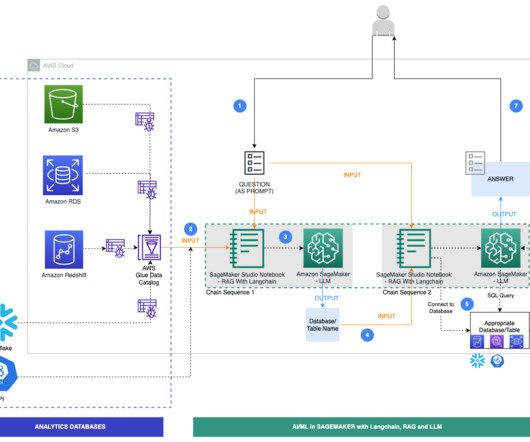
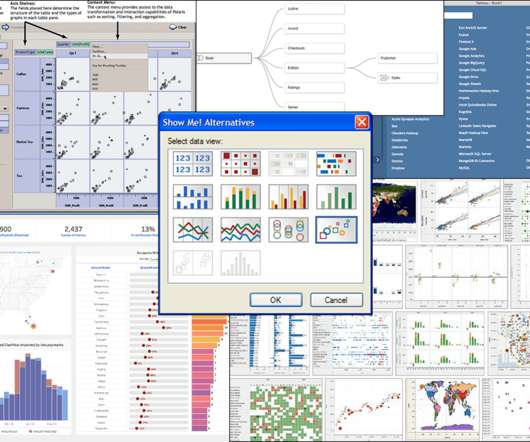
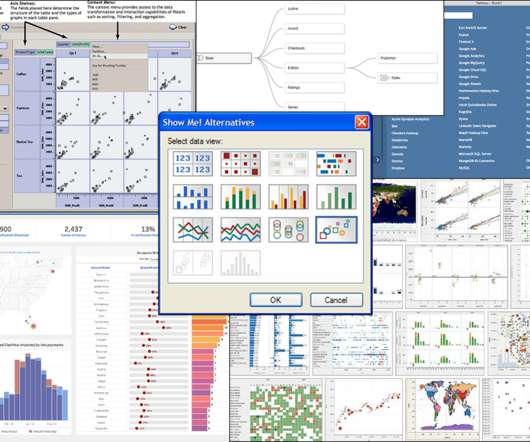
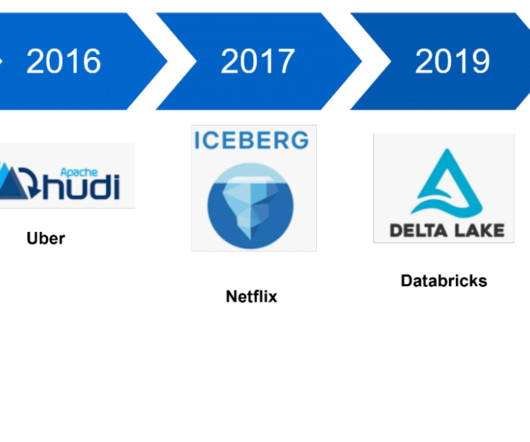


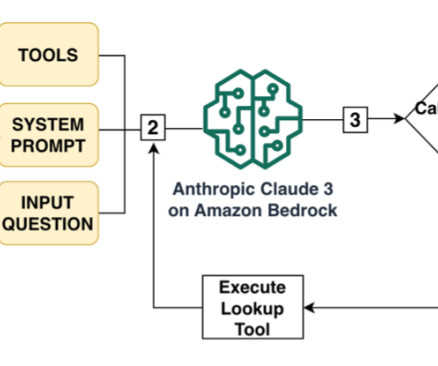






Let's personalize your content